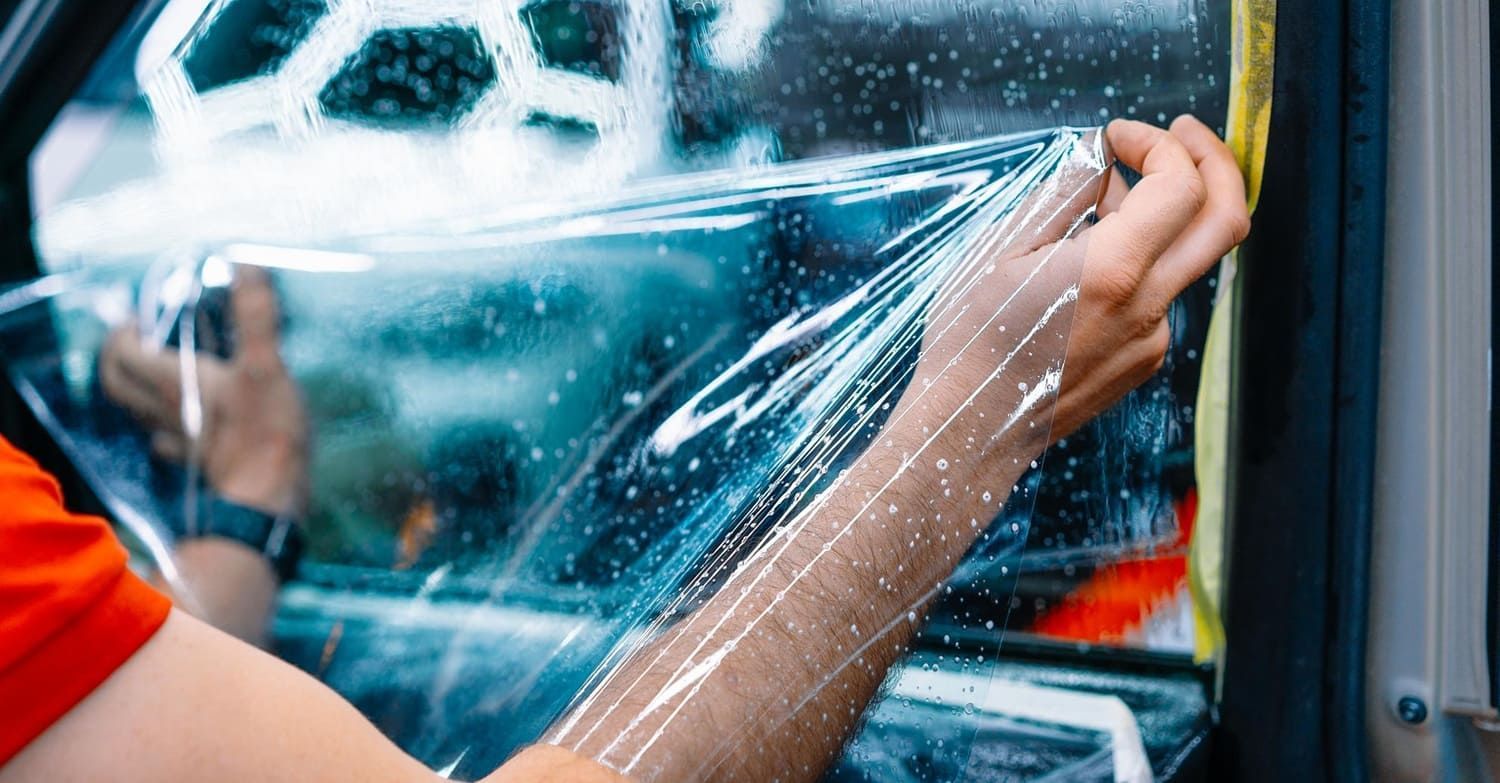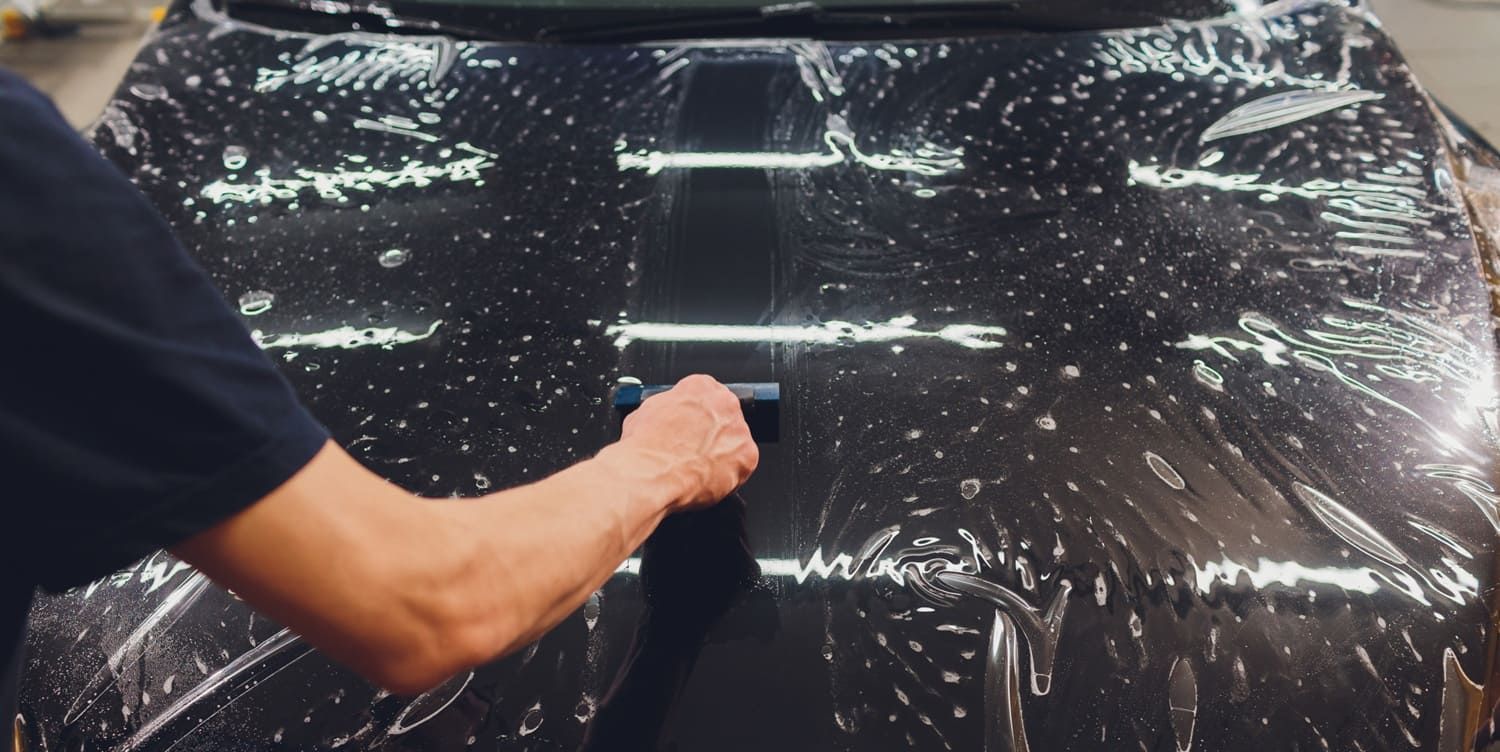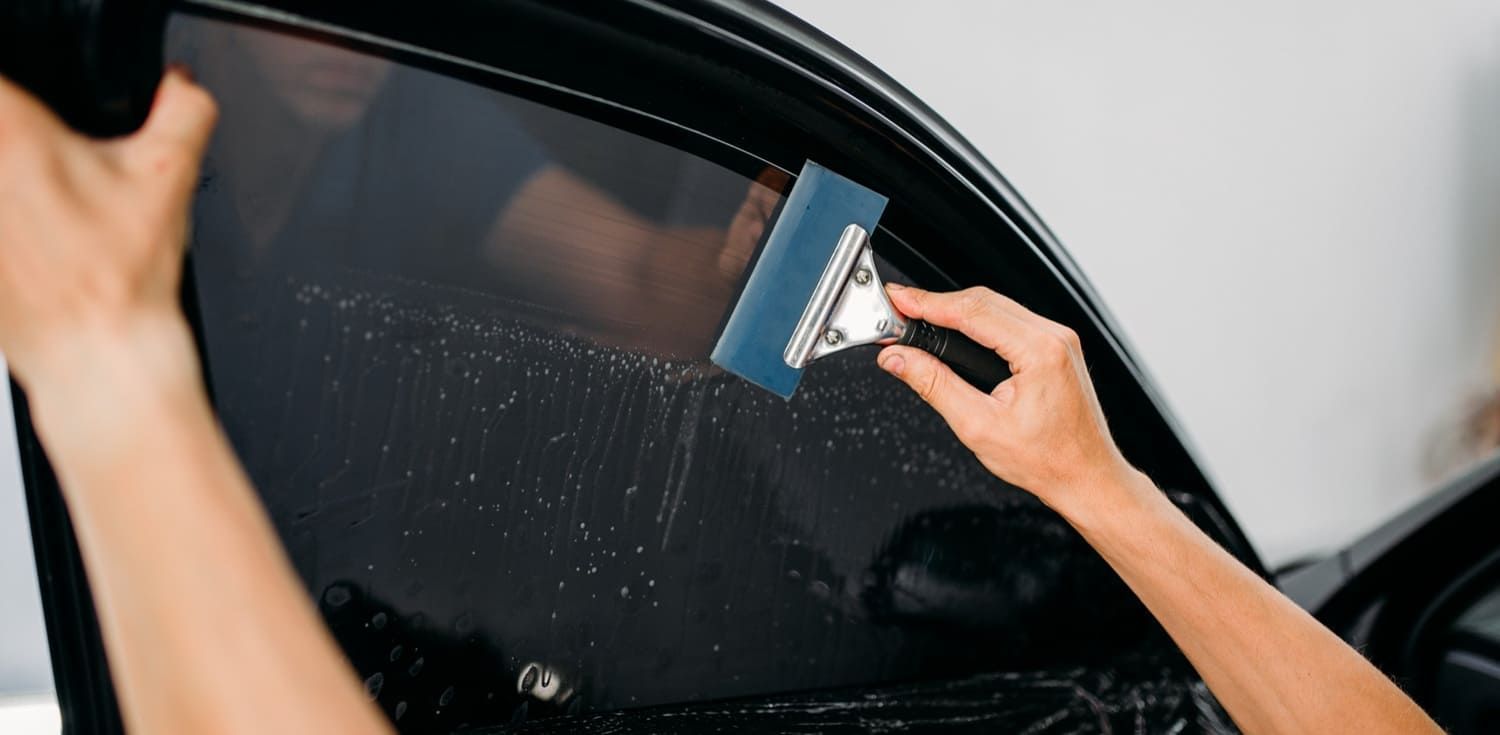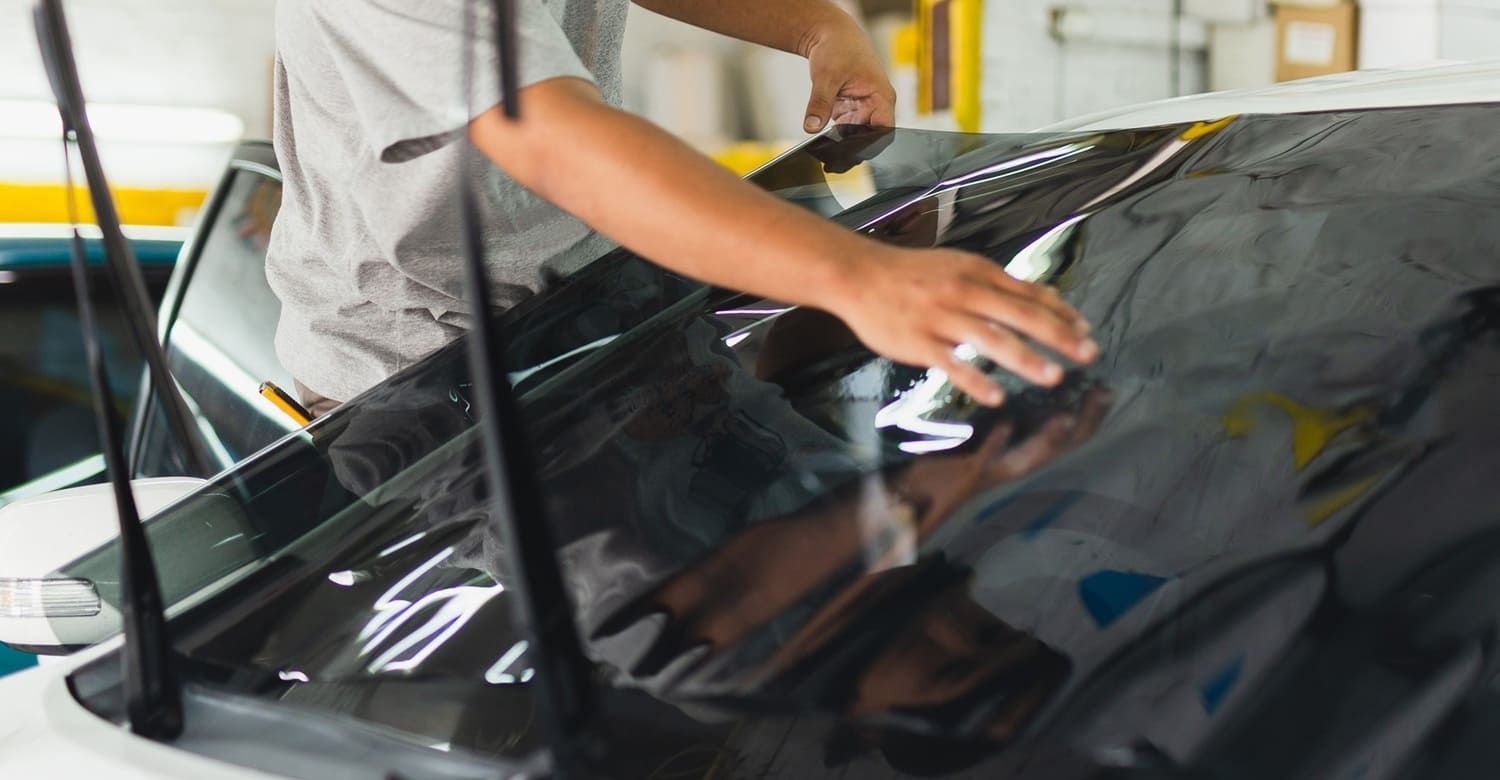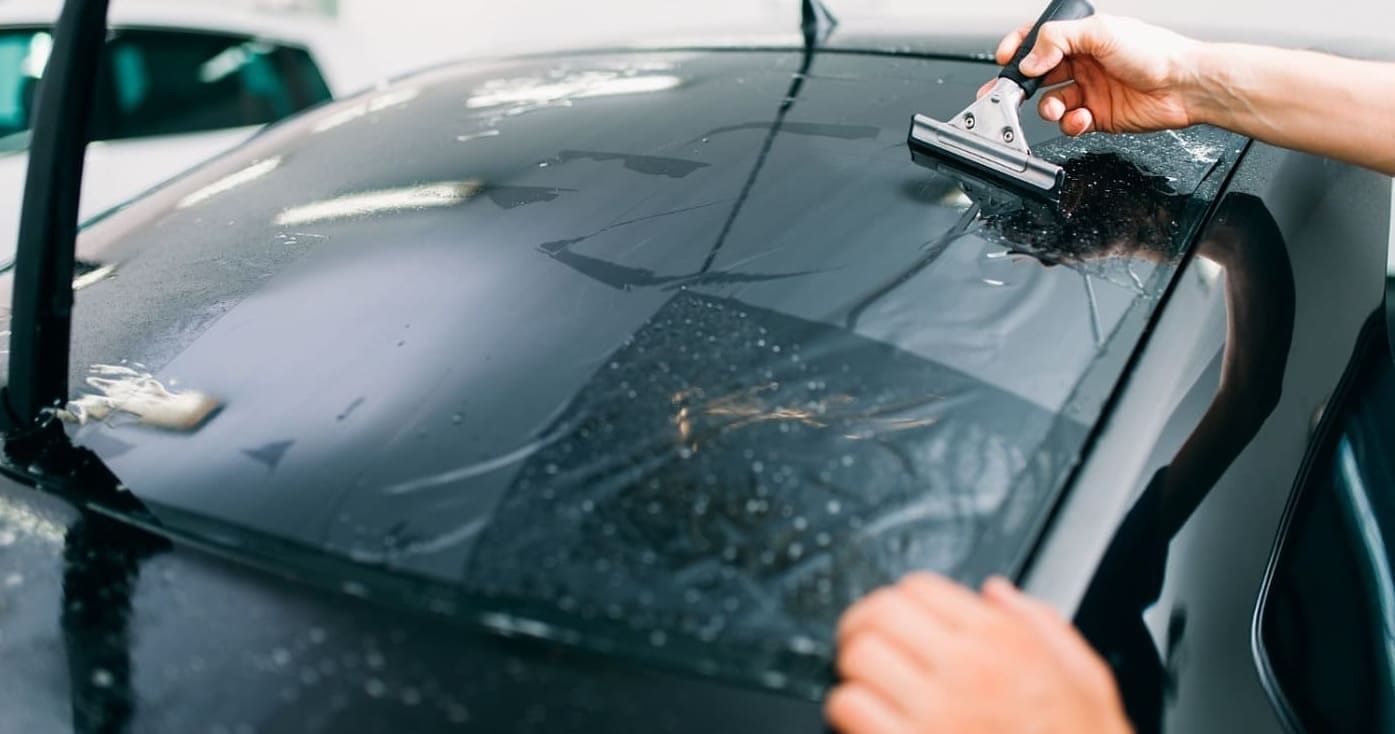Does Your Window Tint Meet Legal Standards? What Every Driver Should Know
When it comes to enhancing the style and comfort of your vehicle, window tinting is a popular option. However, not all window tints are created equal, and it's crucial to ensure that your tint complies with legal standards. Failing to do so can result in fines or even having to remove the tint entirely. In this guide, we’ll explore the ins and outs of automotive tint laws, focusing particularly on Florida window tint law, and provide you with the essential information you need to stay on the right side of the law.

Understanding Automotive Tint Laws
Automotive tint laws vary significantly from state to state, which can make it confusing for drivers to understand what's legal and what's not. These laws are in place to ensure driver safety and law enforcement visibility. They dictate how dark or reflective your window tint can be and which windows you can tint.
What is Window Tinting?
Window tinting involves applying a thin laminate film to the glass surfaces of a car's windows to darken them. The primary reasons for tinting include reducing glare from the sun, increasing privacy, and blocking harmful UV rays.
Why Do Tint Laws Exist?
The primary purpose of window tint laws is to ensure safety on the roads. Extremely dark tints can reduce visibility for drivers, especially at night, increasing the risk of accidents. Moreover, law enforcement officers need to be able to see inside vehicles for safety reasons during traffic stops.
Key Aspects of Window Tint Legal Standards
When it comes to window tint legal standards, there are a few critical factors to consider:
Visible Light Transmission (VLT)
The VLT percentage indicates how much light a window tint film allows to pass through your car windows. A lower VLT means a darker tint. For example, a 20% VLT allows only 20% of light to pass through. Most state laws specify a minimum VLT percentage for different windows on a vehicle.
Reflectivity
Some states also regulate how reflective your window tint can be. Reflective tints can be useful for reducing glare and heat, but they can also create visibility issues for other drivers.
Placement
Laws typically differentiate between the front, side, and rear windows of a vehicle, with stricter regulations usually applied to the front windshield and front side windows.
Florida Window Tint Law
Florida has specific regulations regarding window tinting, and it's important to familiarize yourself with these if you’re driving in the Sunshine State.
Front Windshield
In Florida, non-reflective tint is allowed on the top six inches of the windshield. This is to ensure that the driver's view is not obstructed while still providing some protection from the sun.
Front Side Windows
The front side windows must allow more than 28% of light in. This ensures that drivers maintain a clear view of their surroundings, which is crucial for safe driving.
Back Side and Rear Windows
These windows can have a tint that allows more than 15% of light in. This provides more flexibility for privacy and sun protection without compromising safety.
Reflective Limits
Florida law also states that the tint must not be more than 25% reflective on the front side windows and 35% reflective on the back side and rear windows.
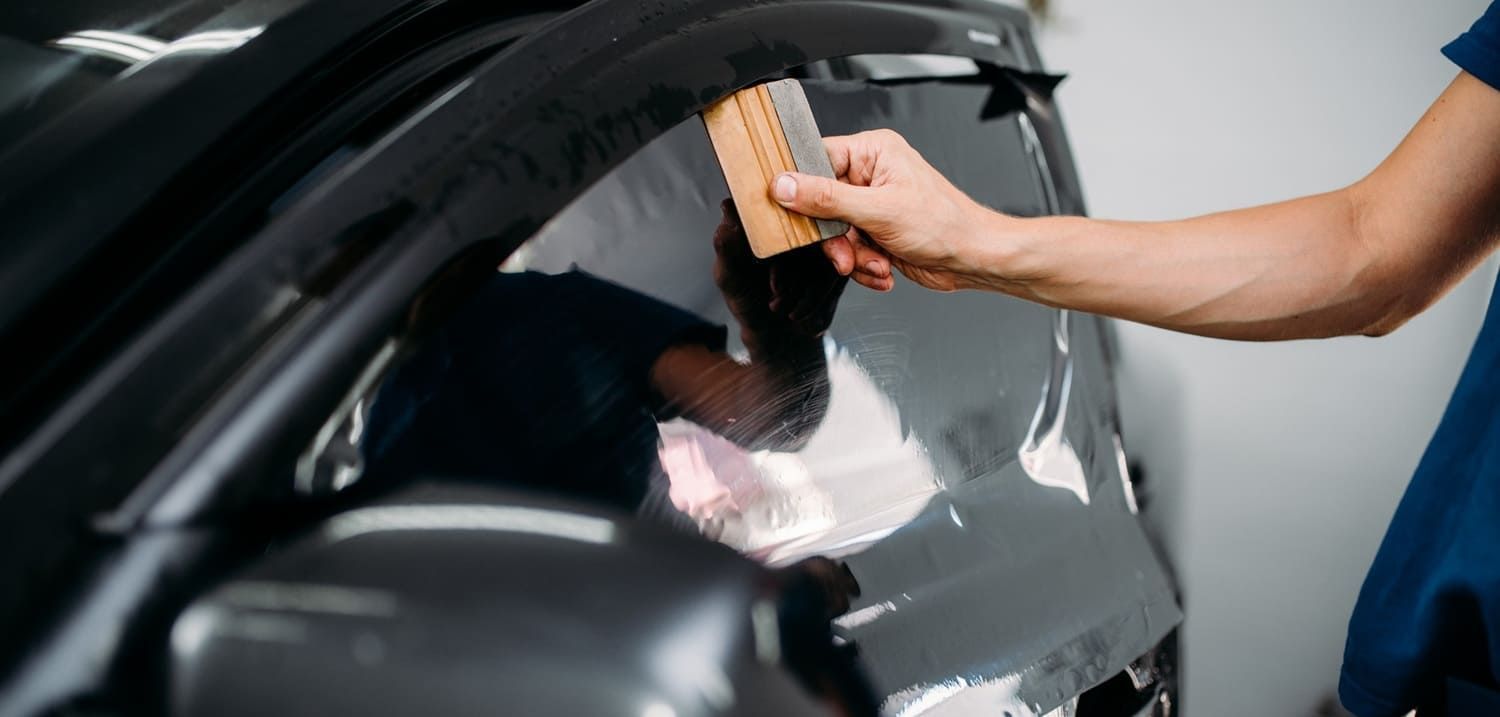
Common Misconceptions About Window Tinting Laws
There are several common misconceptions about window tinting laws that can lead to confusion:
Myth: Factory Tint Complies with All Laws
Factory tint, which is often applied to the rear windows of SUVs and trucks, may not comply with all state laws. It's essential to verify the VLT percentage and reflectivity even if it came with the vehicle.
Myth: Medical Exemptions are Universal
While some states offer medical exemptions for window tint limits due to conditions like lupus or skin cancer, these exemptions are not universal. If you believe you qualify, you must apply for an exemption in your specific state.
Ensuring Your Tint is Compliant
To ensure that your window tint meets legal standards, consider the following steps:
Verify VLT and Reflectivity
When purchasing window tint, always check the VLT and reflectivity to ensure they comply with your state's laws. It's also wise to keep documentation of these specifications in your vehicle.
Professional Installation
Having your window tint professionally installed can help ensure compliance. Professionals are familiar with state laws and can guide you in choosing the right tint.
Regular Inspections
Consider having your tint inspected regularly. This is especially important if you’ve moved to a new state with different laws or if your tint has aged and potentially changed in light transmission.
Consequences of Non-Compliance
Failing to comply with window tint laws can result in fines, being pulled over by law enforcement, and being required to remove the tint. Additionally, it could affect your vehicle's resale value, as prospective buyers might be wary of non-compliant modifications.
Conclusion
Window tinting can be a great way to enhance your vehicle's appearance and comfort, but it's essential to ensure that your tint complies with legal standards. By understanding automotive tint laws, particularly those in Florida, you can avoid fines and ensure a safe driving experience. Always check the regulations in your state and consider professional installation to guarantee compliance.
At Top Line Motor Sport, The Premier Window Tinting installers in Cape Coral, FL, we are dedicated to providing not only top-quality service but also ensuring that your vehicle's window tint meets all legal standards. Contact us for a free estimate and professional advice tailored to your specific needs.
Stay informed, stay compliant, and enjoy the benefits of a legally tinted vehicle.



